Iceland is home to a huge variety of bird species and a bird watching paradise, many of which you can’t find anywhere else. For this reason, the country attracts many birdwatchers from around the world. From the Atlantic Puffin to the Gyrfalcon, we will explore seven of Iceland’s most iconic birds, along with when and where you can see them on your trip to Iceland.
1. Atlantic Puffin in Iceland
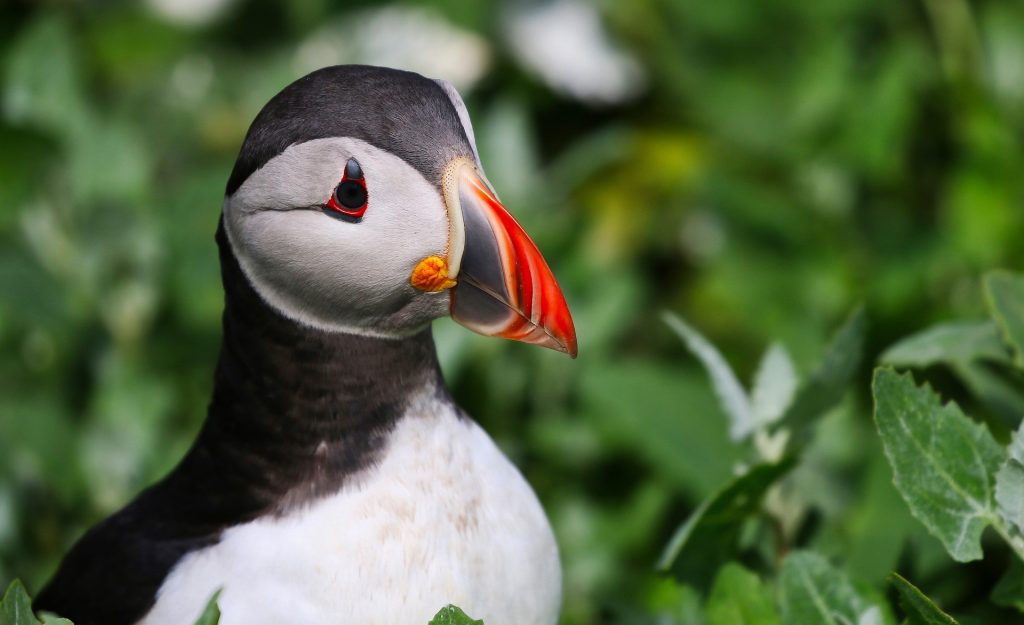
Iceland is home to over 60% of the Atlantic Puffins in the world (around 10 million), making it the largest puffin colony and best place to see them. Called the sea parrot or clown of the sea because of its brightly colored beak, the Atlantic Puffin has become a bit of a symbol of Iceland.
When and Where to See Them?
The peak viewing season for puffins in Iceland is between June and August. One of the best spots to see them is the cliffs in the Westfjords Iceland , particularly the Látrabjarg cliffs. These cliffs are the westernmost point of Iceland and one of Europe’s largest bird cliffs.
To reach Látrabjarg cliffs, you can drive the roughly 6-hour journey from Reykjavik along the Ring Road to the Westfjords or take a domestic flight to Ísafjörður from Reykjavik and then drive about two and a half hours to the cliffs. You can also see puffins in the Westman Islands, Hornbjarg, and the Reykjanes Peninsula.
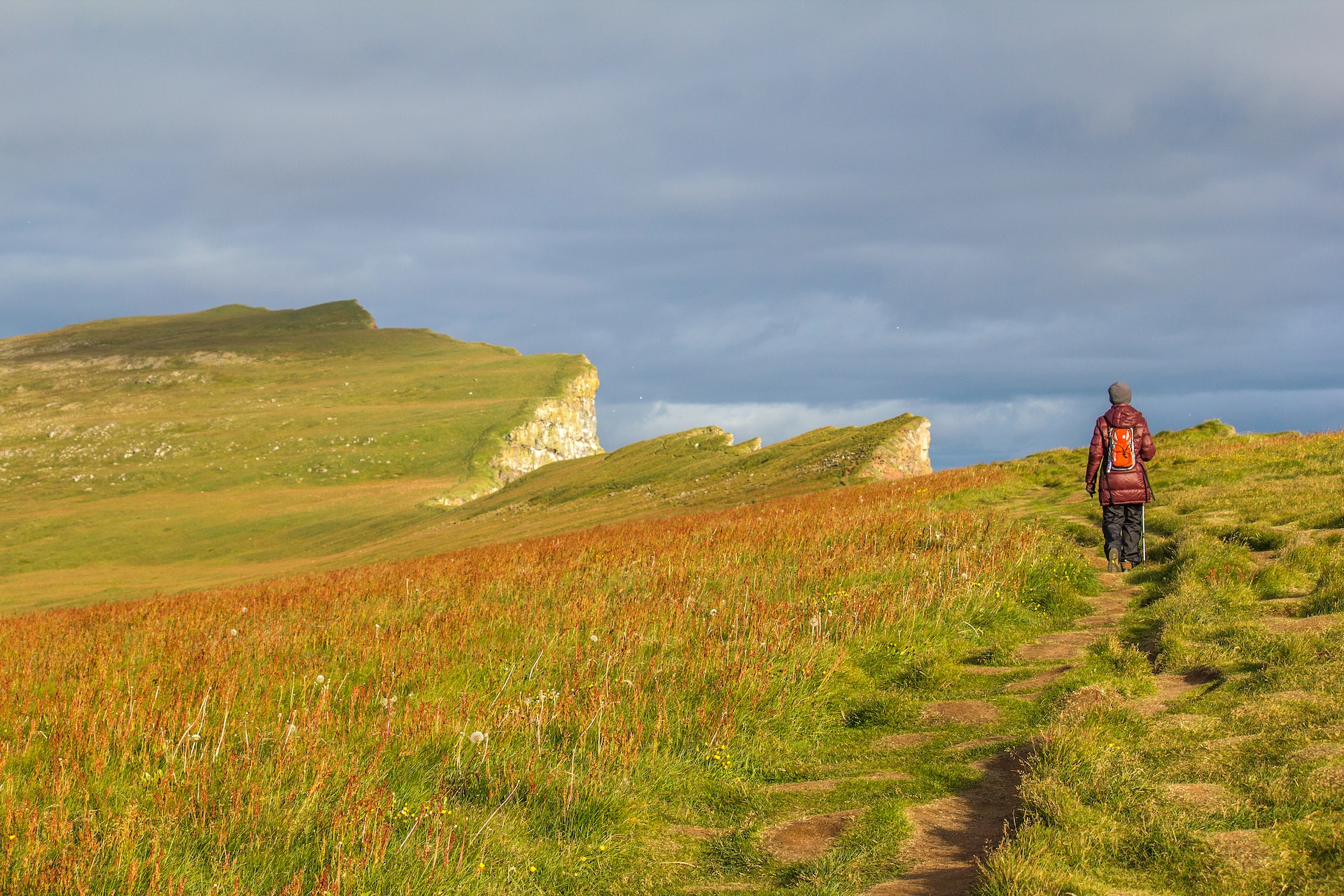
2. Gyrfalcons in Iceland
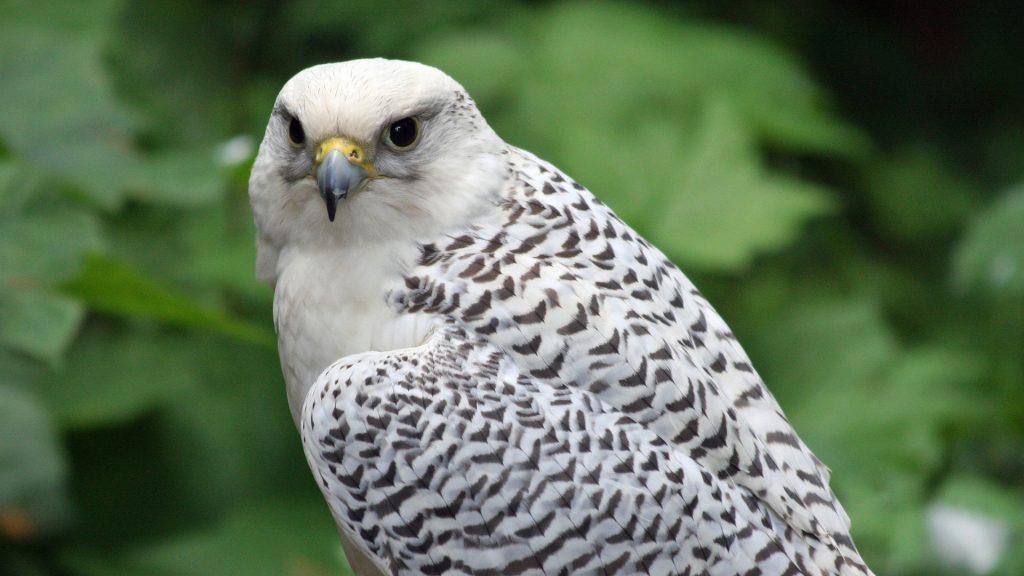
The Gyrfalcon, Iceland’s national bird, is the largest and most powerful falcon species in the world. They are known for their strength, speed, and fantastic hunting ability, and its quite a sight to see one soaring overhead.
When and Where to See Them?
You can see Gyrfalcons all year long, but winter in Iceland is typically the best time to spot them as they come down to lower altitudes in search of food. Þingvellir National Park is one of the best locations to observe the Gyrfalcons.
This location is conveniently located only 40 minutes east of Reykjavik, making it an easy day trip for visitors staying in the capital. The park is part of the Golden Circle, a popular tourist route that includes Geysir and Gullfoss, so it can easily be included in any Iceland itinerary. You can also see Gyrflacons in Iceland’s Highlands or the Snæfellsnes Peninsula.
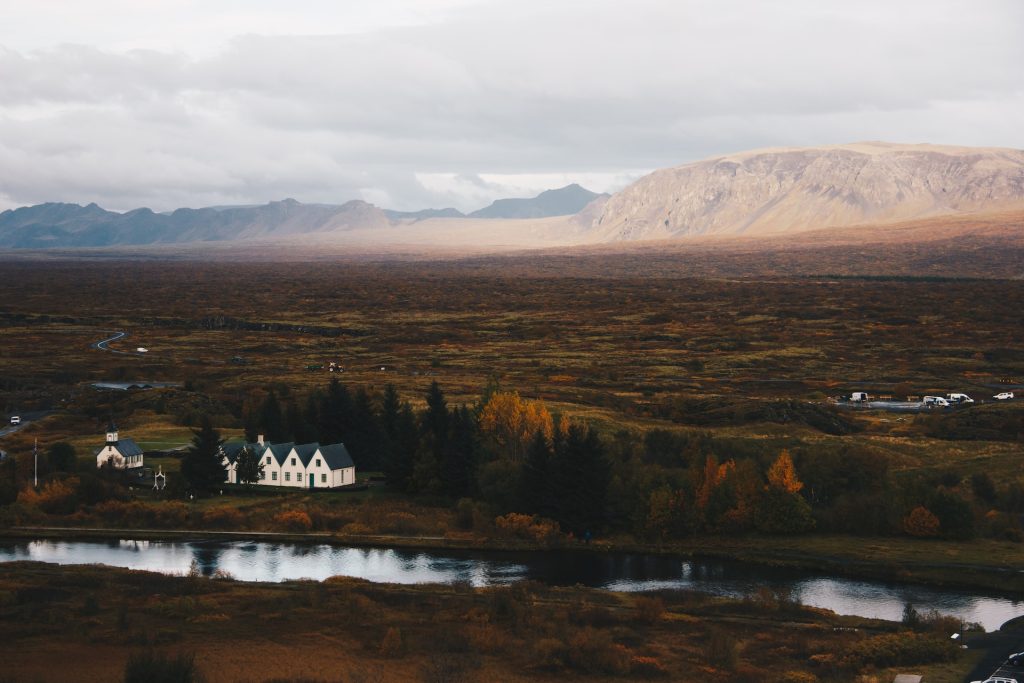
3. Golden Plover in Iceland
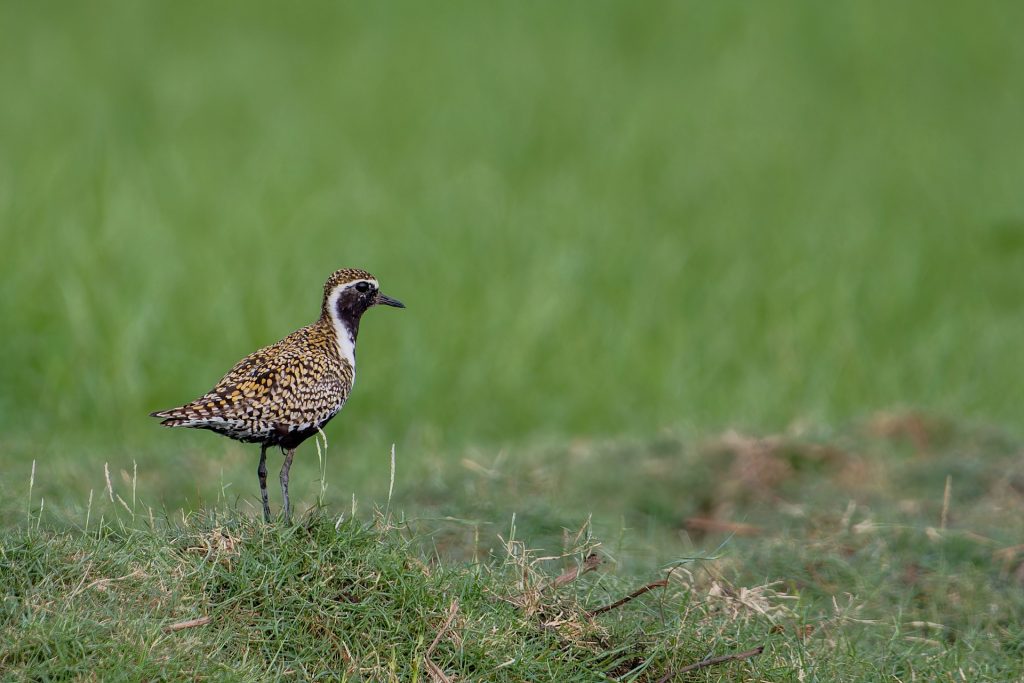
The Golden Plover is a migratory bird that comes to Iceland during the summer to breed. They often signal the arrival of spring to Icelandic people and are known fo their distinctive golden-yellow feathers and long, pointed wings.
When and Where to See Them?
Golden Plovers arrive in Iceland around late March to early April and stay until September. They are typically found in lowland areas across the country, particularly in the southern regions around Vatnajökull National Park and Þingvellir National Park.
Vatnajökull National Park is the largest national park in the country, and reaching the best entry point, the Skaftafell Visitor Center, takes about 4 hours from Reykjavik along Route 1 (the Ring Road).
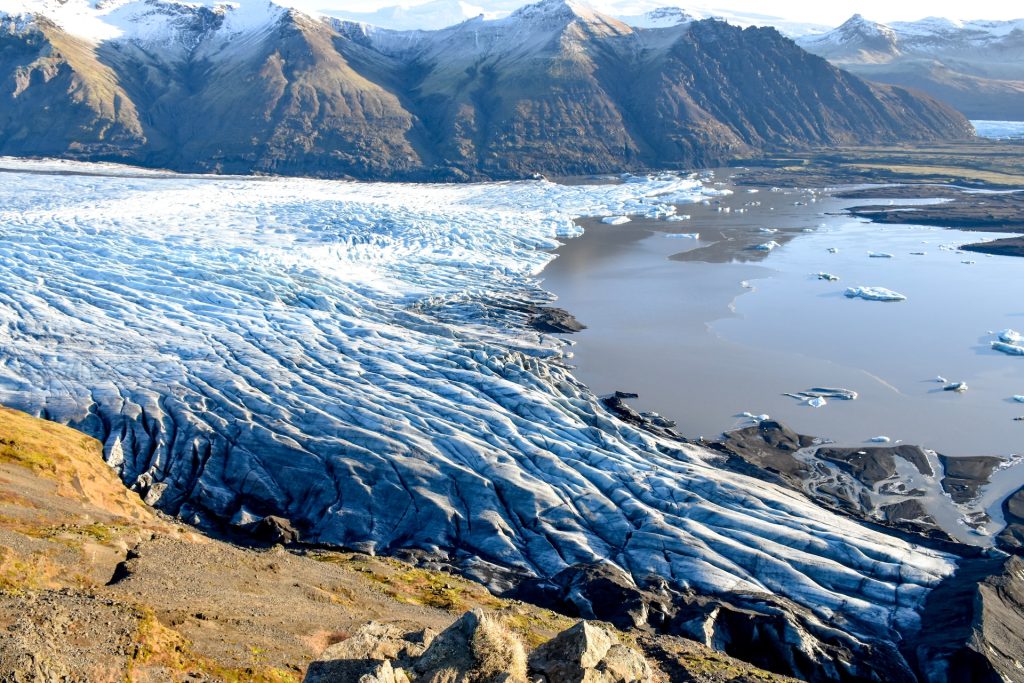
4. Arctic Terns in Iceland
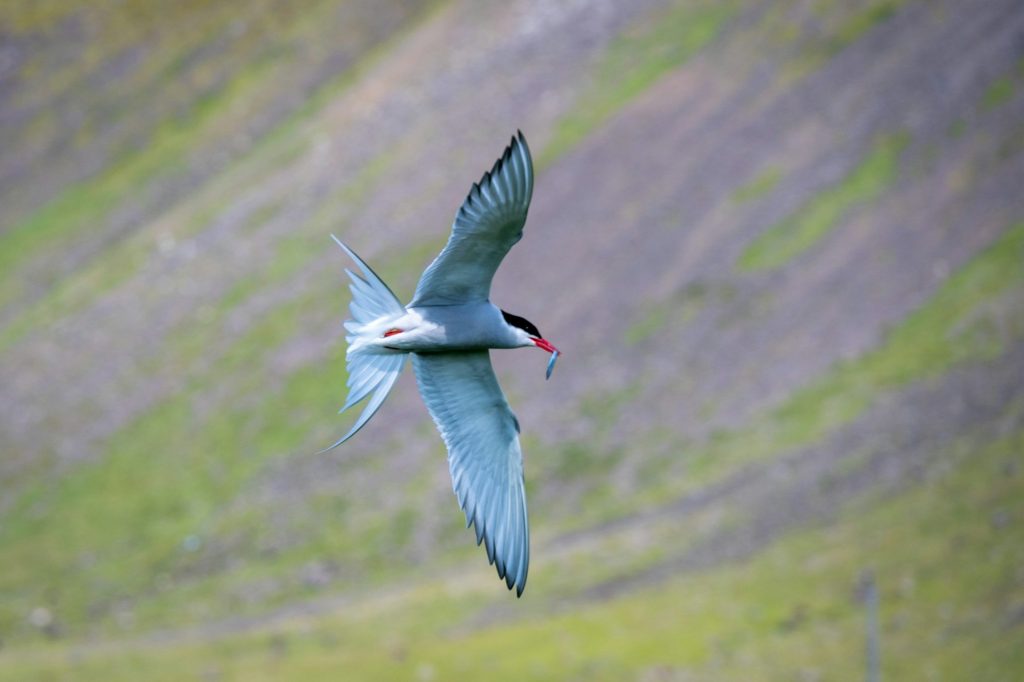
Arctic Terns are small and agile birds that travel from the Arctic to the Antarctic and back each year, covering more distance than any other bird species in the world. And one of their stops is Iceland, where you can see them dive-bombing anyone who gets too close to their nests.
When and Where to See Them?
Arctic Terns typically arrive in Iceland in May and stay until August. They can be found all over the country, nesting along the coast. However, they don’t nest on cliffs; instead, they nest on flat ground.
Most of the Arctic who visit Iceland are seen in the southwest, with frequent sightings on the Seltjarnarnes peninsula. This is very close to Reykjavik, and it only takes about 10 minutes to drive from the city center.
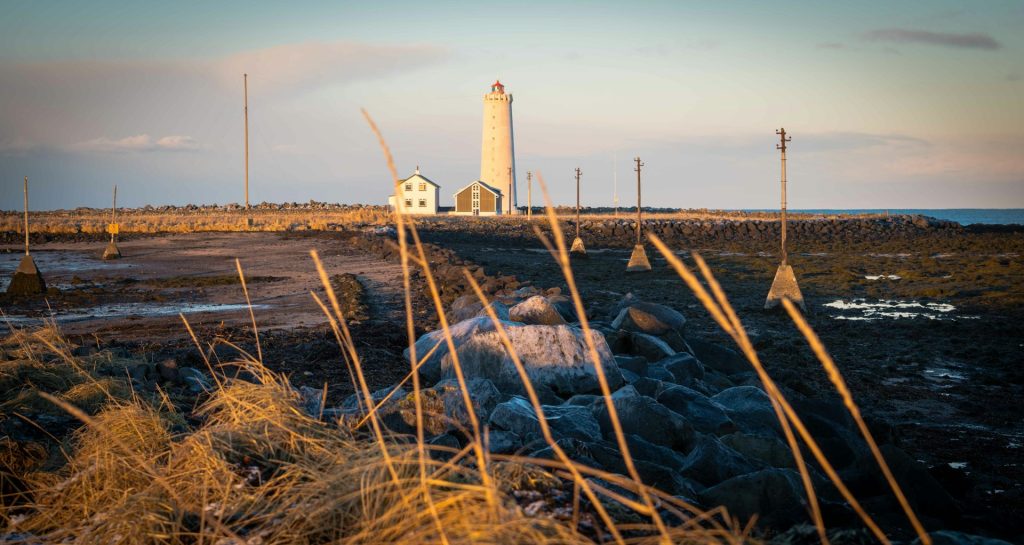
5. Ravens in Iceland
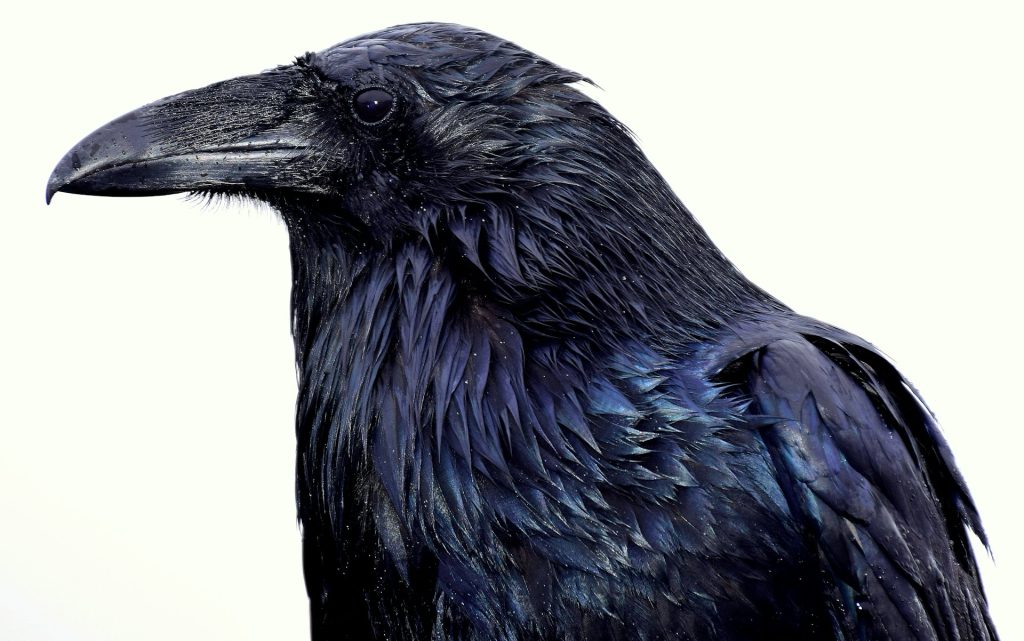
Ravens are one of the more common birds in Iceland and are a huge part of Icelandic culture and folklore, serving as the messengers of Odin. They are very smart birds and adaptable birds with shiny black plumage.
When and Where to See Them?
Ravens have adapted to living in Iceland year-round, so there is no specific season required to spot them. They are widespread nationwide, including in urban areas like Reykjavik and the surrounding countryside. You won’t have to go far to see them, and sightings are nearly guaranteed.
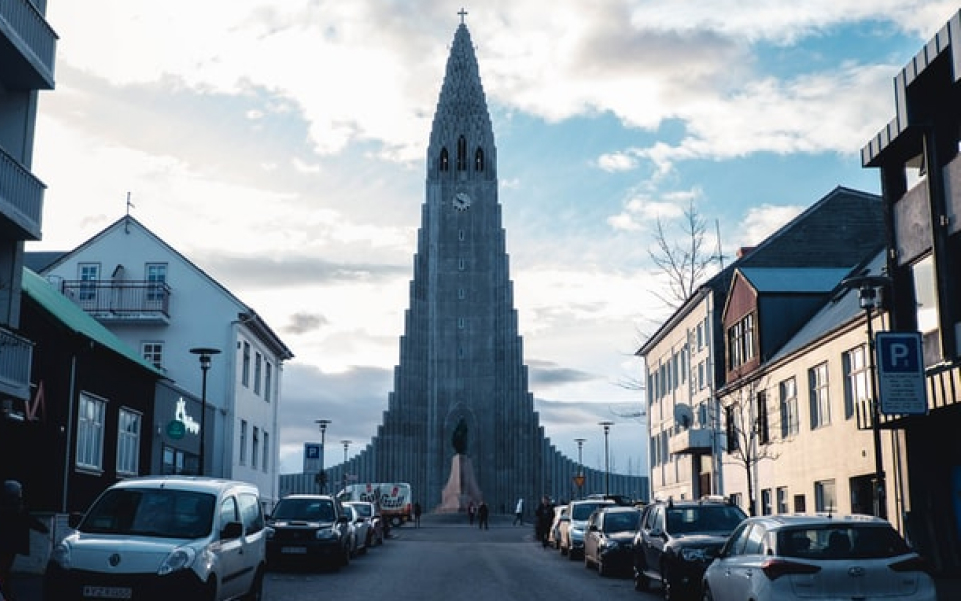
6. Rock Ptarmigans in Iceland
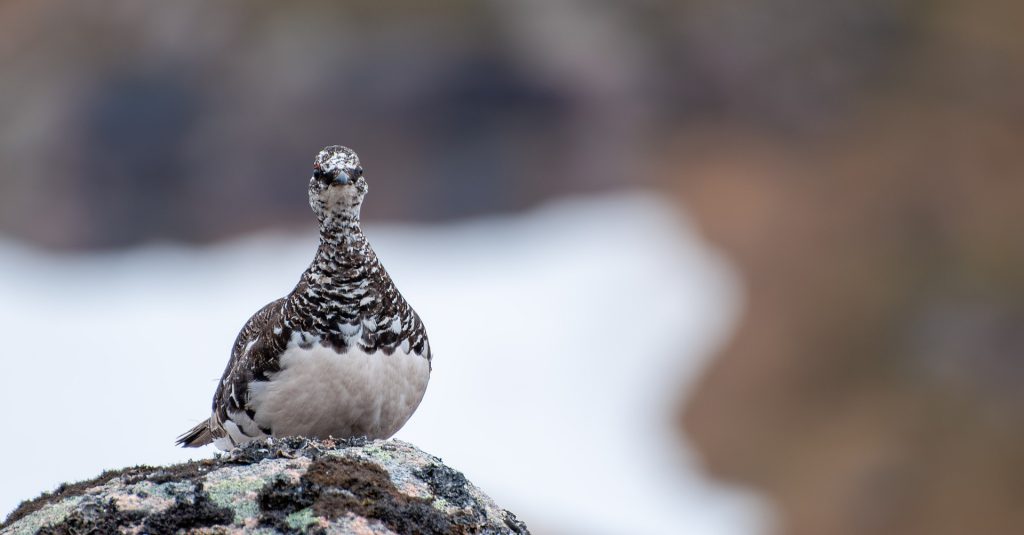
The Rock Ptarmigan is a small and hardy bird that is perfectly adapted to Iceland’s harsh winter conditions. They can change their plumage color with the seasons, allowing them to camouflage into their surroundings, which protects them from predators. They are also commonly served for Christmas dinner.
When and Where to See Them?
Rock Ptarmigans are in Iceland all year, but they can be hard to find as they prefer to stay away from humans and live in higher mountain regions. That said, the population grows substantially in the summer, making them easier to spot. Skaftafell Nature Reserve is home to colonies of Rock Ptarmigans, making it a good place to start.
It takes about 4.5 hours to reach Skaftafell from Reykjavik, driving southeast along the Ring Road.
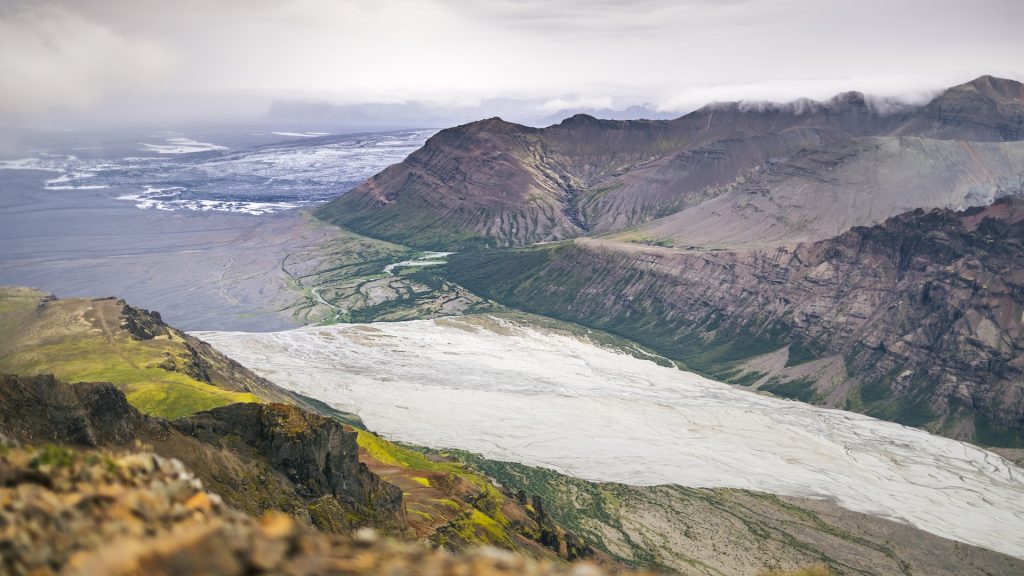
7. Great Auk in Iceland
The Great Auk, although now extinct, was once a significant part of the bird life in Iceland. This flightless bird, which resembled a penguin, was sadly last seen in 1844 when the last known pair was killed in Eldey. The Great Auk now serves as a reminder of human exploitation, as when they were alive, the species was used for meat, feathers, oil, and fat.
When and Where to See Them?
While you won’t be able to see a Great Auk in the wild, you can learn about them at the Icelandic Museum of Natural History in Reykjavik or visit the memorials for them near the Reykjavik domestic airport and on the Reykjanes peninsula.
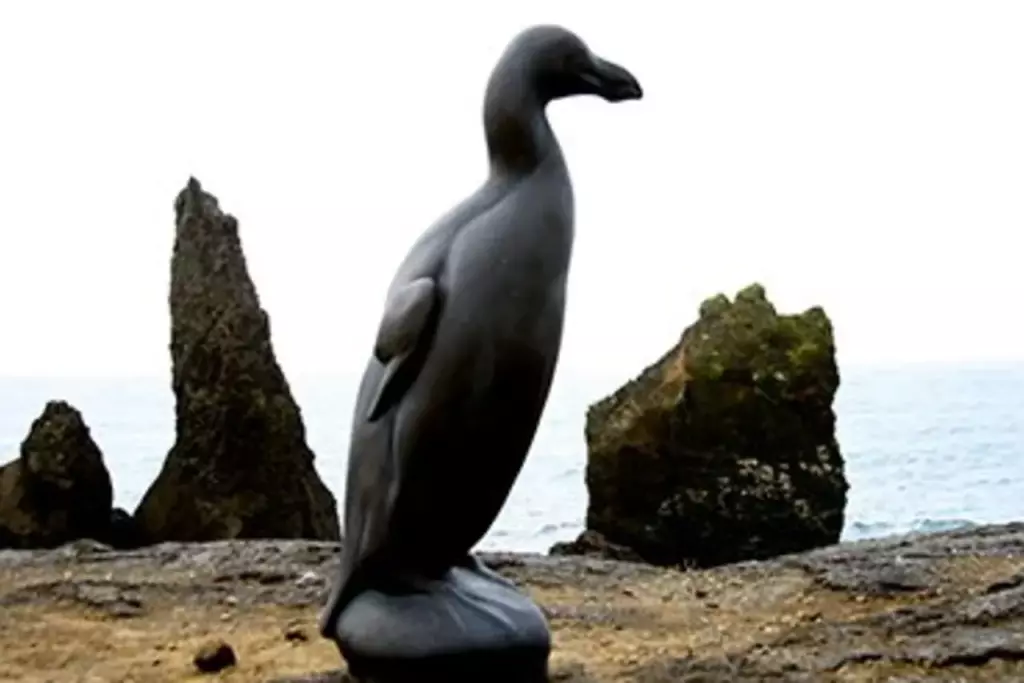
The Birds of Iceland
To make the most of your birdwatching adventures and reach all the country’s top birdwatching spots, you’ll need a reliable vehicle. Renting a car with Hertz Iceland will enable you to access even the most remote regions of Iceland to discover all of Iceland’s bird life. So book your rental car today, pack your binoculars, and get ready to witness the birds of Iceland.






